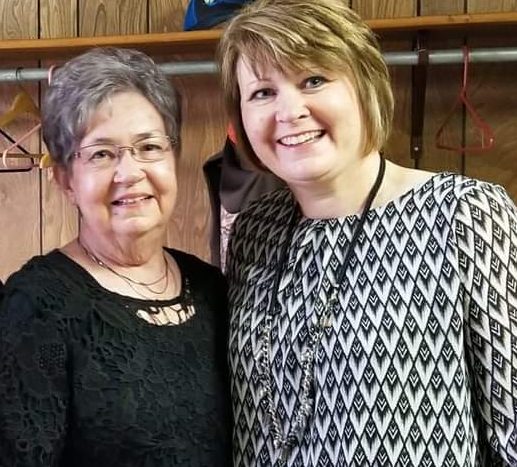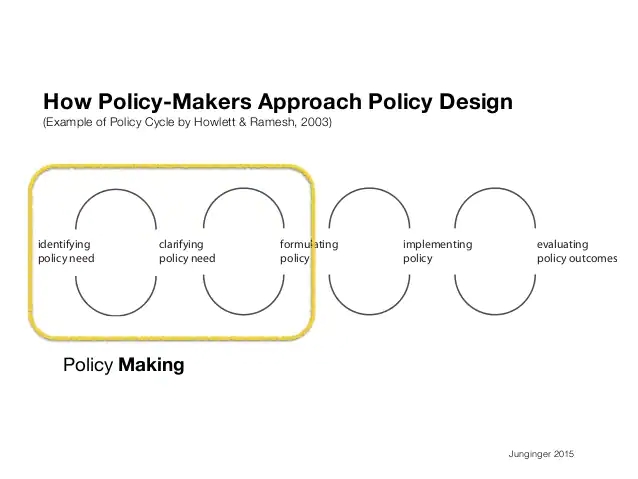Historic rural population decline is a fact, but it’s not the whole story.
I spent some valuable time this week doing a bit of data discovery about rural communities. In my search I explored an interactive map* showing the percent change in total population from the 2010 to the 2020 Census at both the state and county levels. I first zoomed in to view the South Dakota county-level data – it was a mix of blue (growth) and beige (decline) county blocks spread across the east and west sides of our state. I discovered 33 of 66 counties in South Dakota had positive population growth in the past ten years!
Then I zoomed out to view the population change map of the United States*. I uncovered something interesting — one (and only one) dark brown county in the southernmost tip of Illinois — Alexander County – bordered by the intersection of the Ohio and Mississippi Rivers. I was curious, so I clicked on the map to see their 36.4% negative growth rate was the largest of any of the 3,138 counties across the United States. Alexander County’s 2020 total population was 5,240 compared to their 2010 total population of 8,238. That drop in population is a significant one-time decline, but the truth is Alexander County had been losing large segments of their population since its peak of 25,496 residents during the 1940s. Over eight decades, they’ve had an enormous 80% loss in their total population.

What happened in Alexander County, Illinois?
Without living in Alexander County, it’s hard to know exactly what’s been happening, yet one author, David Szoke, writes an extraordinary viewpoint in his essay about the region’s drastic decline, titled,
Heartland Deluge: Race, Flooding, and the Two Alexander Counties, Illinois. It is a compelling read. Here’s a segment of the full essay:
“This migration illustrates the flight from rural pressures as agricultural communities struggle to combat the river’s unceasing ebb and flow. The two Alexander Counties – Cairo in the south and the smaller white towns to the north – represent two different responses to the hardships of the modern rural Midwest. Today, flooding remains the most significant shared factor in the decline of the two Alexander Counties. Neither community has had the infrastructure nor the funds to fix their dire situation. Alexander County exemplifies rural America in microscale, illustrating the racial tensions and isolation felt by black communities and the abandonment felt by struggling farmers facing submerged fields, lacking the political capital to sway the legislators who could fix their housing and flooding crises. The rivers straddling the county’s borders, once providing commerce and agricultural abundance, now act as the greatest threat to the livelihoods of those who remain. However, the Ohio and Mississippi are not responsible for the manmade decline of Alexander County; they may be the force which depopulates the humble lowlands for good.“
https://opensiuc.lib.siu.edu/legacy/vol20/iss1/8/
I hope as you’re reading this essay online in its entirety, you will reflect on what has attributed to the historic population shift of your own rural community, because rural population decline is a fact, but it’s not the whole story.
My takeaway from learning about Alexander County, Illinois, is that our greatest actions as a leader are to 1) show up with some hard facts, 2) guide conversations that develop strong relationships on both sides of an issue, and 3) ultimately work on building trust because as local leaders — whether you are a volunteer, elected, or paid — our actions or lack thereof have long-term consequences.
Any community that chooses to die a long slow death like Alexander County, Illinois, is most often filled with local volunteer leaders, elected officials, and residents who are not open to looking at data, making hard choices, addressing conflict, exploring what’s possible, or working on unity around the core issues of what it means to be a thriving community or region.
********
What happened in Marshall County, South Dakota?
In Marshall County, South Dakota, where I live, population decline has been constant since the 1920s when our population peaked at 9,596 people. This is common for many rural counties. Every decade after the 1930s Marshall County has lost between 5% and 15% of our population, except for in 2010 when the Census showed an uptick of 1.7% growth. Now with a population of 4,656, which is approximately a 50% decline in population over time, we are a thriving region.
To address our challenges over the years, Marshall County, South Dakota, has made critical investments and implemented various innovative strategies to attract and retain as many residents as possible as economies have shifted. Some of those efforts were:
- Economic Diversification – Developing an industrial park in the 1970s in Britton and attracting Horton Industry was a lasting monumental move as the agriculture industry began shifting away from family farming, more women were entering the workforce, and higher paying jobs with benefits were needed. Now several manufacturing businesses operate in Britton as a hub for hundreds of regional jobs. In the 1990’s our regional economy diversified by adding a large dairy operation.
- Investment in infrastructure – This is more than streets, water towers, and sewer lifts — it’s about starting a rural water system, investing in the hospital multiple times, supporting emergency services, making parks accessible for everyone, focusing on tourism, historic courthouse rehab and expansion, and keeping Main Streets alive.
- Promotion of quality-of-life factors – The redevelopment of Ft. Sisseton Historic State Park, implementing local events, promoting the lakes region, quality libraries & museums, and supporting youth sports are just a few factors in our region.
- Support for entrepreneurship – The catalyst for local entrepreneurship was when we partnered with Dakota Rising in a three-county collaboration. Today the culture of starting your own business is alive and supported by economic development.
- Collaboration among community stakeholders – Having visionary leaders and mentors to keep developing those leaders over the decades is critical to our success in Marshall County. Whether it was the creation of Britton Area Foundation or starting Glacial Lakes Area Development, local leaders have spearheaded change for our communities.
- Initiatives focusing on rural healthcare access – Having our own hospital and ambulance service is vital. We also have a strong County Nurse position who visits schools, brings in the Delta Dental van, and educates our community.
- Evolving education – Changing with the times and collaboration has been a key factor in the success of our two remaining K-12 schools in Marshall County. Whether it’s starting a High School Trap Shooting Team or allowing students to become apprentices/interns at local businesses, we put students first, promote excellence, and let students know they are welcome to thrive in the region after high school.
- Broadband connectivity – Partnering with our local cooperative, Venture Communications, has put us on the forefront of advanced technology.
When faced with the data of declining rural population, instead of viewing our rural places as a relic of an idyllic past, we must recognize the innovative spirit that made our communities vibrant along the way. That innovation remains key to the future of our rural places. The good news is that innovation, diversity of ideas, and new concepts don’t need to be imported to your rural community – they’re already there.
*Map Source: https://mtgis-portal.geo.census.gov/arcgis/apps/MapSeries/index.html?appid=2566121a73de463995ed2b2fd7ff6eb7





